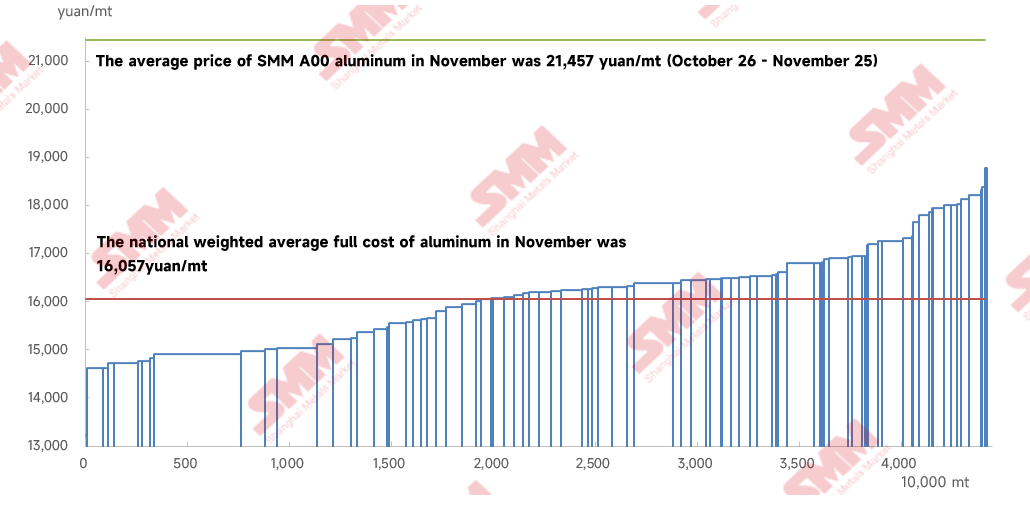2 Oregon fish proposed for Endangered Species Act protections – Statesman Journal

Report on Proposed Endangered Species Act Listing for Two Oregon Fish Species and Alignment with Sustainable Development Goals
Introduction: Petition for Protection and Relevance to Global Sustainability
On October 17, a formal petition was submitted by the Center for Biological Diversity to the U.S. Fish and Wildlife Service, advocating for the inclusion of two native Oregon fish species, the Umpqua chub and the northern roach, under the Endangered Species Act (ESA). This conservation effort directly aligns with several key United Nations Sustainable Development Goals (SDGs), particularly those focused on preserving biodiversity and ecosystem health.
- SDG 14 (Life Below Water): The petition seeks to protect and restore freshwater aquatic ecosystems, a critical component of this goal.
- SDG 15 (Life on Land): By focusing on species within inland freshwater ecosystems, this action supports Target 15.5, which calls for urgent measures to halt biodiversity loss and prevent the extinction of threatened species.
The proposed listing necessitates a federal review to determine the scientific basis for proceeding. Granting these species ESA protection is presented as a crucial and effective mechanism for preventing extinction and advancing conservation targets.
Species Profile: Umpqua Chub (Oregonichthys kalawatseti)
The status of the Umpqua chub is a direct indicator of the health of its native freshwater habitat, linking its survival to the achievement of SDG 6 (Clean Water and Sanitation) and SDG 14.
- Geographic Distribution: This small minnow is endemic solely to the Umpqua River basin, with five distinct population segments identified in the Smith River, Elk Creek, Calapooya Creek-Olalla Creek, Cow Creek-South Umpqua River, and North Umpqua River.
- Primary Threats: Surveys indicate a significant decline in the species’ distribution. Key pressures include:
- Habitat loss and degradation, which compromises the integrity of the freshwater ecosystem.
- The introduction and proliferation of non-native predators, specifically the smallmouth bass.
- Conservation and SDG Alignment: Protecting the Umpqua chub under the ESA would mandate actions to mitigate these threats, thereby contributing directly to the restoration of aquatic biodiversity as outlined in SDG 14 and the sustainable management of freshwater ecosystems under SDG 15.
Species Profile: Northern Roach (Lavinia mitrulus)
The declining population of the northern roach highlights severe ecosystem stress, underscoring the urgency of actions related to SDG 15, which aims to halt and reverse land and freshwater habitat degradation.
- Geographic Distribution: This small, bronze-colored minnow is native to the upper Pit River basin in California and select northern tributaries of Goose Lake in southern Oregon, including Dry Creek, Drews Creek, and Hay Creek.
- Primary Threats: The species faces imminent risk of extirpation from its Oregon habitats.
- Recent surveys conducted in 2022 and 2023 confirmed the disappearance of the northern roach from its historical Oregon range.
- Similar disappearances have been documented in multiple stream reaches within its California habitat.
- Conservation and SDG Alignment: The dramatic decline of the northern roach signals a critical failure in maintaining ecosystem health. ESA protection would provide a legal framework to address the causes of its disappearance, supporting the objectives of SDG 15.1 (ensure the conservation and restoration of freshwater ecosystems) and SDG 14.
Analysis of SDGs, Targets, and Indicators
1. Which SDGs are addressed or connected to the issues highlighted in the article?
-
SDG 15: Life on Land
This goal is the most relevant as it aims to protect, restore, and promote the sustainable use of terrestrial ecosystems, halt and reverse land degradation, and halt biodiversity loss. The article’s focus on the decline of two freshwater fish species (Umpqua chub and northern roach) due to habitat loss and invasive species directly relates to the conservation of inland freshwater ecosystems and their biodiversity, which is a key component of SDG 15.
2. What specific targets under those SDGs can be identified based on the article’s content?
-
Target 15.1: By 2020, ensure the conservation, restoration and sustainable use of terrestrial and inland freshwater ecosystems and their services, in particular forests, wetlands, mountains and drylands, in line with obligations under international agreements.
The article highlights the “rapid decline of our freshwater habitats” and “habitat loss” as primary reasons for the endangerment of the Umpqua chub and northern roach. The petition to protect these species is a direct action towards the conservation of the inland freshwater ecosystems they inhabit, such as the Umpqua River basin and the tributaries of Goose Lake.
-
Target 15.5: Take urgent and significant action to reduce the degradation of natural habitats, halt the loss of biodiversity and, by 2020, protect and prevent the extinction of threatened species.
This target is central to the article. The Center for Biological Diversity’s petition to list the two fish species for “Endangered Species Act protection” is an urgent action aimed at preventing their extinction. The article explicitly states that federal protections are “incredibly effective at preventing extinction” and are needed to “make sure these irreplaceable fish survive.”
-
Target 15.8: By 2020, introduce measures to prevent the introduction and significantly reduce the impact of invasive alien species on land and water ecosystems and control or eradicate the priority species.
The article specifically identifies an invasive alien species as a threat. It states that surveys of the Umpqua chub have shown a decrease in their population due to an “increase in non-native and highly predatory smallmouth bass.” This directly connects the issue to the need to manage and reduce the impact of invasive species on native biodiversity.
3. Are there any indicators mentioned or implied in the article that can be used to measure progress towards the identified targets?
-
For Target 15.5 (Protect threatened species):
The article implies several indicators:
- Status of species on a national conservation list: The core action discussed is the proposal to list the Umpqua chub and northern roach on the U.S. Endangered Species Act. The number of species proposed for or added to such a list serves as an indicator of conservation efforts for threatened species.
- Population distribution and abundance: The article mentions that surveys have shown a “continual decrease in their distribution” for the Umpqua chub and the “disappearance” of the northern roach from several creeks and stream reaches. Therefore, data from re-survey efforts tracking the presence, absence, and population size of these species are direct indicators of their conservation status.
-
For Target 15.8 (Manage invasive alien species):
An implied indicator is:
- Presence and impact of invasive species: The article points to the “increase in non-native and highly predatory smallmouth bass” as a cause for the Umpqua chub’s decline. Monitoring the population and distribution of this invasive species within the Umpqua River basin would be an indicator of the threat level and the effectiveness of any control measures.
4. Summary Table of SDGs, Targets, and Indicators
| SDGs | Targets | Indicators (Implied from the article) |
|---|---|---|
| SDG 15: Life on Land | 15.1: Ensure the conservation and restoration of inland freshwater ecosystems. | The status of freshwater habitats (e.g., Umpqua River basin, Goose Lake tributaries) identified as being in decline. |
| SDG 15: Life on Land | 15.5: Halt the loss of biodiversity and prevent the extinction of threatened species. |
|
| SDG 15: Life on Land | 15.8: Reduce the impact of invasive alien species. | Presence and population trends of invasive species (e.g., the “increase in non-native and highly predatory smallmouth bass”). |
Source: statesmanjournal.com

What is Your Reaction?
 Like
0
Like
0
 Dislike
0
Dislike
0
 Love
0
Love
0
 Funny
0
Funny
0
 Angry
0
Angry
0
 Sad
0
Sad
0
 Wow
0
Wow
0















































/environment-climate-change-and-health-(ech)/water-sanitation-hygiene-and-health-(wsh)/landfill-tuvalu-36092.tmb-1200v.jpg?sfvrsn=5c21fe40_1#)


.jpg.webp?itok=0ZsAnae9#)


























